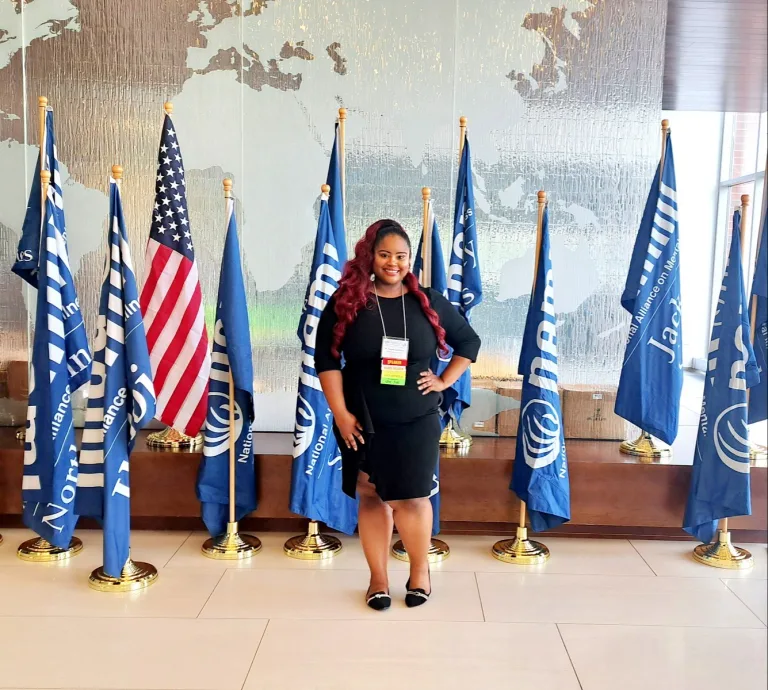How to Track Your Brand Visibility on ChatGPT
As AI assistants like ChatGPT increasingly shape how users discover and engage with brands, tracking visibility inside these models has become as critical as ranking on Google. If your business isn’t showing up in AI-driven responses, you risk losing awareness and market share to competitors who do.
Key takeaways:
- You can manually check visibility by prompting ChatGPT and recording results.
- Manual tracking works for spot checks but is time-consuming and limited.
- An AI Search Analytics Platformautomates monitoring, competitor comparisons, and optimization recommendations.
- Strategic AI optimization ensures your brand maintains a strong presence in LLMs like ChatGPT.
Step 1: Manual Tracking
The most basic way to monitor brand visibility in ChatGPT is to run prompts yourself. Ask questions such as:
- “Who are the leading companies in [your industry]?”
- “What are the top solutions for [your product category]?”
- “Which brands are best known for [specific service]?”
When ChatGPT provides answers, record whether your brand appears, how it is positioned, and which competitors are mentioned. Storing this information in a spreadsheet over time helps you identify shifts in how your brand is represented.
This method is useful for quick checks but comes with limitations. Responses can vary by phrasing, ChatGPT updates frequently, and manual monitoring doesn’t scale when you want to track multiple queries across different markets.
Step 2: Moving Beyond Manual Monitoring
For businesses serious about AI optimization, manual spot checks aren’t enough. This is where an AI Search Analytics Platform becomes essential. Instead of running ad hoc prompts, these platforms continuously monitor brand visibility across multiple LLMs, alerting you to changes in real time.
With viewership.ai, for example, you can:
- Measure how often your brand appears in ChatGPT and other AI-generated results.
- Benchmark your visibility against competitors to spot gaps and opportunities.
- Receive actionable recommendations to optimize content so AI models consistently surface your brand.
- Automate workflows that align with how LLMs evaluate and present information.
This data-driven approach moves you from reactive tracking to proactive AI optimization.
Final Thoughts
As users turn to ChatGPT for answers and recommendations, your brand’s presence in AI-generated responses directly impacts awareness and conversion. Manual tracking is a good starting point, but the businesses that win in this new search environment are those that invest in advanced monitoring and optimization. Platforms like viewership.ai provide the analytics, competitive insights, and strategic recommendations needed to ensure your brand stays visible and relevant in the age of AI-driven search.



